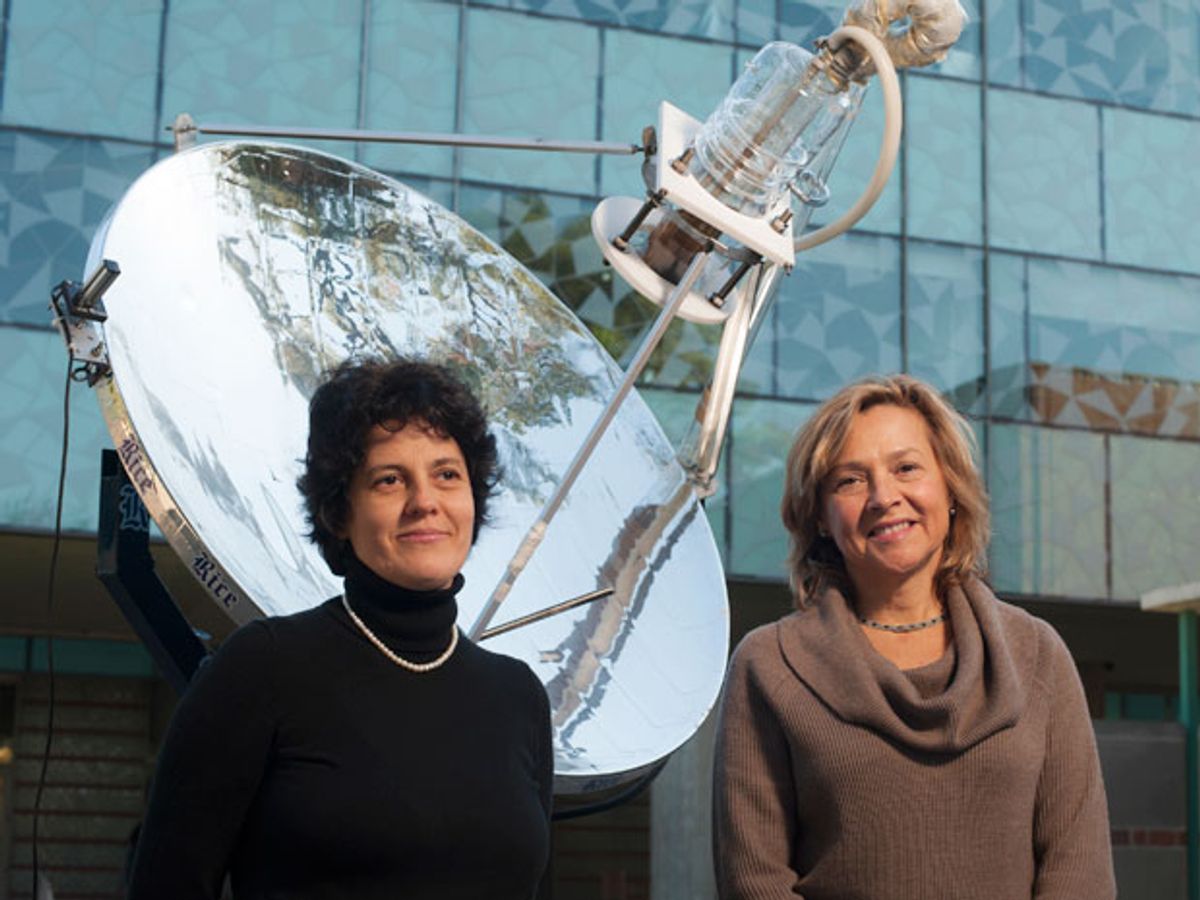Late last year, thermal-based solar systems were forever reimagined when researchers at Rice University developed a method of placing nanoparticles in water so that sunlight would heat them to create steam but not boil the water.
At the time, the research, which was funded by a Grand Challenges grant from the Bill and Melinda Gates Foundation, had a host of applications suggested for it, large and small.
The grandest ambition for the technology, that of using it to power the electrical grid with steam turbines, will have to wait, but in the meantime the Rice researchers have announced the development of a system aimed at sterilizing medical equipment, even in places where there is no electricity.
This latest follow-up research, which was published in the journal Proceedings of the National Academy of Sciences Early Edition (“Compact solar autoclave based on steam generation using broadband light-harvesting nanoparticles”), envisions a system that could serve a dual purpose of not only cleaning medical instruments but also sanitizing human waste.
“Sanitation and sterilization are enormous obstacles without reliable electricity,” said Naomi Halas, the director of Rice’s Laboratory for Nanophotonics (LANP) and lead researcher on the project, in a press release. “Solar steam’s efficiency at converting sunlight directly into steam opens up new possibilities for off-grid sterilization that simply aren’t available today.”
The technology can use a range of materials, including metallic and carbon nanoparticles, all of which absorb light. These nanoparticles are then dispersed into water, directing most of the energy into creating steam rather than heating up the water. The system already meets existing standards for medical sterilization.
Halas originally described this technology when it was first announced as: “We’re going from heating water on the macro scale to heating it at the nanoscale. Our particles are very small—even smaller than a wavelength of light—which means they have an extremely small surface area to dissipate heat. This intense heating allows us to generate steam locally, right at the surface of the particle, and the idea of generating steam locally is really counterintuitive.”
A video describing the technology in its application to sanitation can be viewed below.
“Sanitation technology isn’t glamorous, but it’s a matter of life and death for 2.5 billion people,” Halas said in the latest press release. “For this to really work, you need a technology that can be completely off-grid, that’s not that large, that functions relatively quickly, is easy to handle and doesn’t have dangerous components. Our Solar Steam system has all of that, and it’s the only technology we’ve seen that can completely sterilize waste. I can’t wait to see how it performs in the field.”
Photo: Jeff Fitlow
Dexter Johnson is a contributing editor at IEEE Spectrum, with a focus on nanotechnology.



